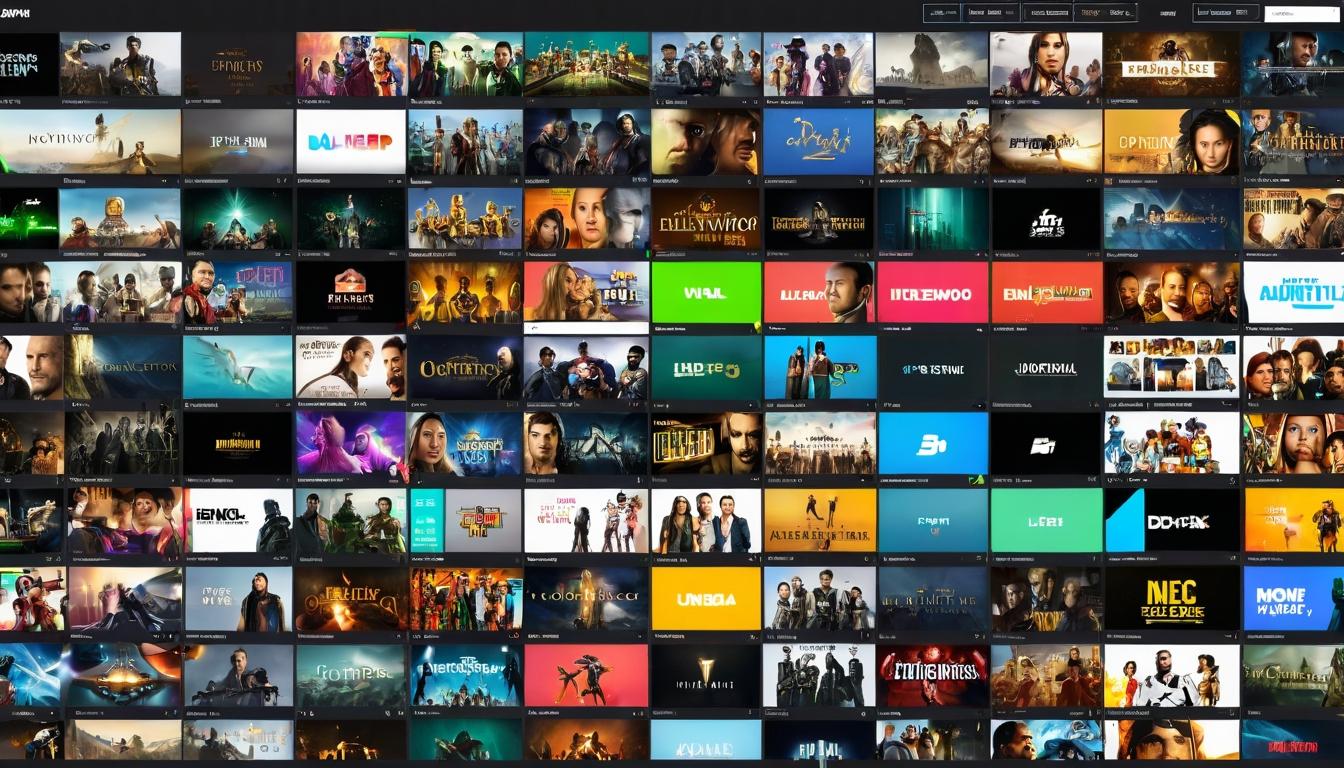In the dim glow of a thousand screens, a silent revolution is unfolding. While audiences binge-watch the latest series or queue up the next blockbuster, complex algorithms are making decisions that would make even the most seasoned studio executives sweat. The digital curtain has been pulled back, revealing a landscape where data points wield more power than star power, and viewer behavior is the new currency.
Streaming platforms have become the modern-day oracle, predicting not just what we want to watch, but what we'll watch next. These recommendation engines analyze billions of data points—from pause patterns to rewind behavior—creating a digital fingerprint of our viewing souls. The result? Content tailored so precisely that it feels less like choice and more like destiny.
Behind the scenes, greenlight decisions are increasingly driven by cold, hard numbers rather than creative gut feelings. A show's potential success is now quantified before a single frame is shot, with algorithms predicting audience retention rates and churn probabilities. This data-driven approach has created a paradoxical landscape where unprecedented creative freedom coexists with ruthless commercial calculation.
The impact on storytelling itself is profound. Writers' rooms now receive detailed analytics about which plot points resonate, which characters drive engagement, and even optimal episode lengths. Some showrunners describe it as having a million focus group participants in the room, while others worry about the homogenization of creative vision.
For filmmakers, the rules of the game have fundamentally changed. Theatrical releases, once the pinnacle of cinematic achievement, now often serve as marketing vehicles for streaming platforms. Box office numbers matter less than subscriber acquisition costs and lifetime value calculations. A film might be deemed successful even if it loses money theatrically, provided it drives enough sign-ups to the parent streaming service.
This shift has created new power players in Hollywood—data scientists and analytics experts who often have more sway over content decisions than traditional creative executives. Their language of engagement metrics and conversion rates has become the new lingua franca in studio boardrooms, sometimes creating tension with creatives who speak the language of character arcs and thematic depth.
The international landscape has been particularly transformed by this data-driven approach. Algorithms can identify cross-cultural appeal with startling accuracy, leading to the greenlighting of projects that might have previously been deemed too niche or culturally specific. This has opened doors for diverse storytelling while simultaneously raising questions about cultural authenticity versus algorithmic optimization.
Marketing campaigns have evolved into precision instruments. Trailers are A/B tested with different audiences, social media strategies are micro-targeted based on viewing history, and release dates are optimized using predictive modeling. The result is marketing efficiency unprecedented in Hollywood history, but also a potential loss of the serendipitous discovery that once characterized film appreciation.
For audiences, the experience is both empowering and concerning. The convenience of perfectly tailored recommendations comes at the cost of privacy and potential filter bubbles. As algorithms learn our preferences with terrifying accuracy, they also risk limiting our exposure to challenging or unconventional content that doesn't fit established patterns.
The independent film sector faces particular challenges in this new landscape. Without the data resources of major studios, smaller productions struggle to compete in the algorithmic marketplace. Yet some indie filmmakers have turned this to their advantage, creating content specifically designed to perform well within streaming algorithms while maintaining artistic integrity.
Looking ahead, the integration of artificial intelligence promises even more profound changes. AI-assisted writing, virtual production, and personalized content creation are no longer science fiction but emerging realities. The question remains whether these technological advances will enhance human creativity or eventually replace it.
The human element, however, continues to surprise the algorithms. Breakout hits still emerge from unexpected places, viral moments defy prediction, and cultural phenomena often begin organically. This suggests that while data can guide decisions, it cannot fully capture the magic of storytelling that resonates across generations.
As the industry continues to evolve, the tension between art and algorithm will likely define the next decade of entertainment. The most successful creators will be those who understand how to work with data while preserving the essential human spark that makes stories worth telling in the first place.
The hidden algorithms shaping what we watch: how streaming services are quietly rewriting Hollywood's rules

